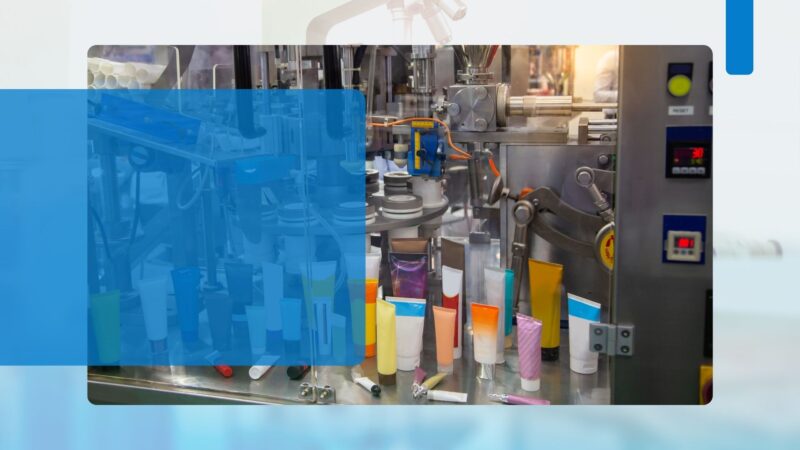The packaging industry is undergoing a remarkable transformation, with sustainability emerging as a central theme. As environmental concerns grow, manufacturers are seeking ways to reduce their ecological footprint while maintaining product quality and efficiency. Tube filling and sealing machines, vital components of the packaging process, are at the forefront of this sustainability drive. In this technical article, we will explore the innovations and trends in tube filling and sealing machines that are advancing eco-friendly packaging solutions.
The Eco-Challenge in Packaging
Traditional packaging materials, such as single-use plastics and non-recyclable materials, have come under scrutiny due to their negative environmental impact. This has led to increased demand for sustainable packaging solutions that minimize waste, reduce resource consumption, and lower carbon emissions. Tube filling and sealing machines, which play a pivotal role in packaging, are critical to achieving these sustainability goals.
Innovations Driving Sustainability
1. Material Optimization:
- Sustainable tube filling and sealing machines are designed to work with eco-friendly packaging materials. Manufacturers are transitioning to recyclable plastics, biodegradable polymers, and other environmentally conscious materials.
2. Reduced Material Waste:
- Modern machines are engineered to minimize material waste during the filling and sealing process. Precise dosing and efficient sealing technologies reduce overflows, spillage, and excess packaging material.
3. Energy Efficiency:
- Sustainability efforts extend to energy consumption. Tube filling and sealing machines are now equipped with energy-efficient components, optimized heating systems, and advanced insulation to reduce electricity usage.
4. Quick Changeovers:
- Efficiency and sustainability go hand in hand. Quick changeover features enable manufacturers to transition between different products and tube formats with minimal downtime, optimizing production efficiency and reducing resource consumption.
5. Clean-In-Place (CIP) Systems:
- CIP systems in tube filling machines enable efficient cleaning without disassembly, reducing water and cleaning agent consumption while maintaining hygiene and product safety.
6. Single-Use and Disposable Systems:
- Some tube filling machines offer single-use or disposable components, reducing the need for extensive cleaning and sterilization processes that consume water and energy.
7. Remote Monitoring and Diagnostics:
- Remote connectivity allows manufacturers to monitor machine performance, troubleshoot issues, and optimize processes without the need for on-site visits, reducing travel-related emissions.
8. Recycled Content:
- Sustainable machines may incorporate recycled materials in their construction, further reducing their environmental impact.
Benefits of Sustainable Tube Filling and Sealing Machines
The adoption of sustainable tube filling and sealing machines offers several advantages:
- Environmental Responsibility: Reducing waste, conserving resources, and lowering emissions demonstrate a commitment to environmental stewardship.
- Cost Savings: Energy-efficient systems and reduced material waste can lead to significant cost savings over time.
- Regulatory Compliance: Sustainable practices align with evolving regulations and consumer expectations for environmentally friendly products.
- Enhanced Brand Reputation: Embracing sustainability can improve a company’s image and appeal to eco-conscious consumers.
Sustainability in tube filling and sealing machines is no longer an option but a necessity. Manufacturers in pharmaceuticals, cosmetics, and the food industry are increasingly recognizing the importance of eco-friendly packaging solutions. Innovations in tube filling and sealing technology are driving this sustainability movement, enabling efficient, responsible, and environmentally conscious packaging processes. As the packaging industry continues to evolve, these innovations will play a crucial role in ensuring a greener and more sustainable future.







